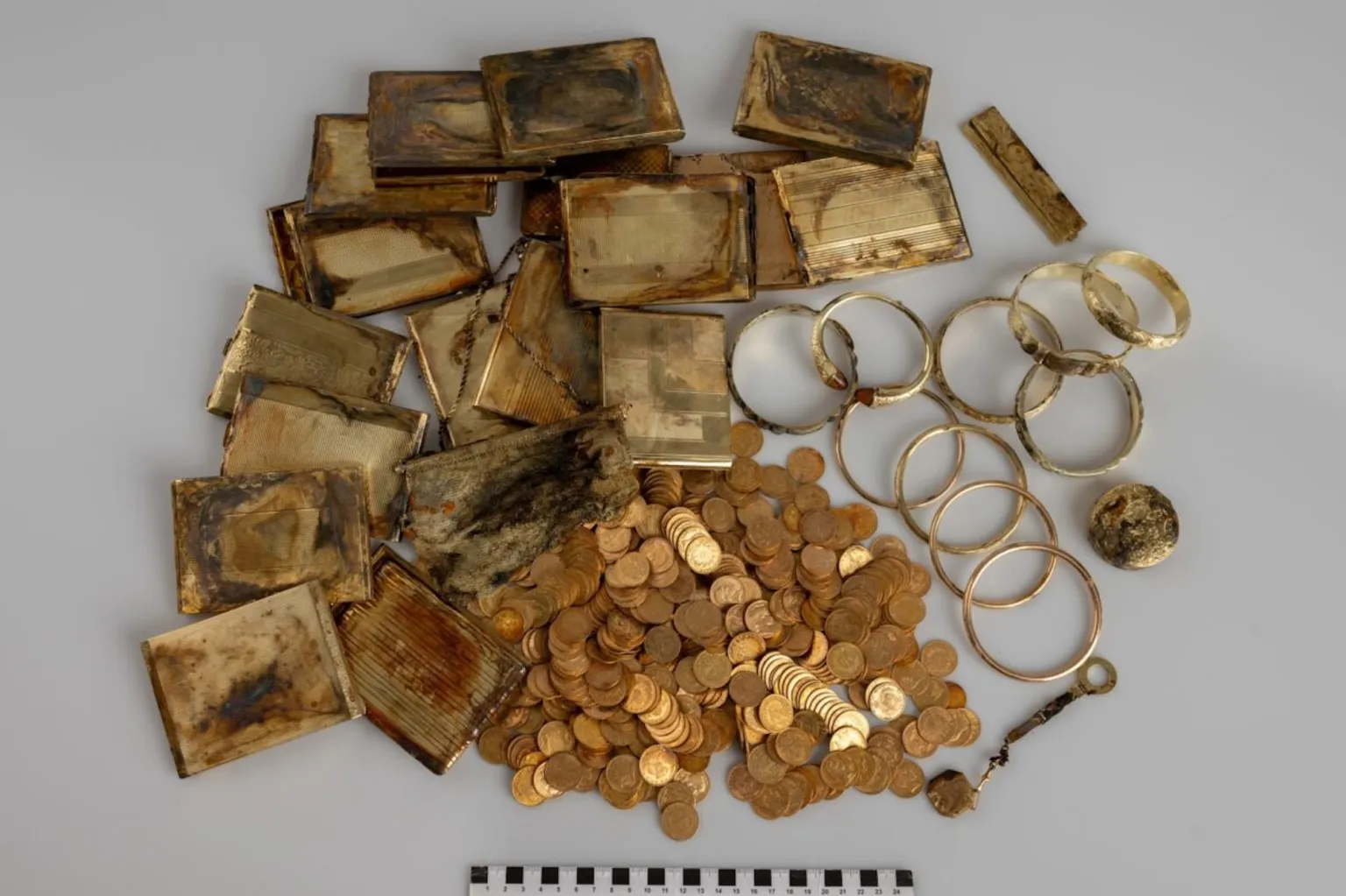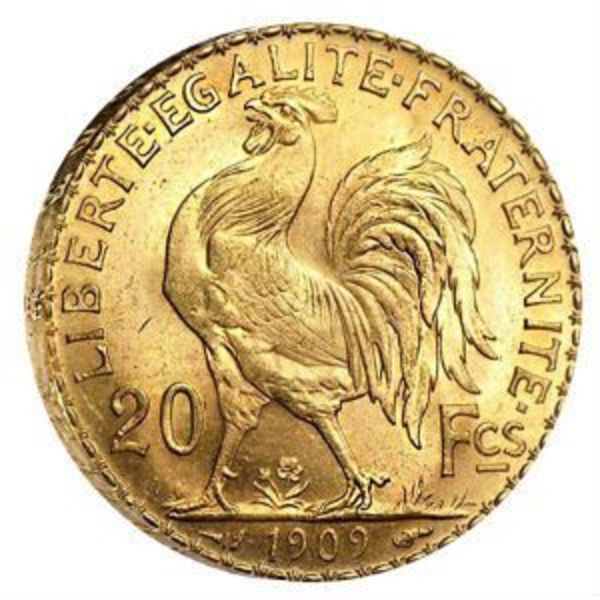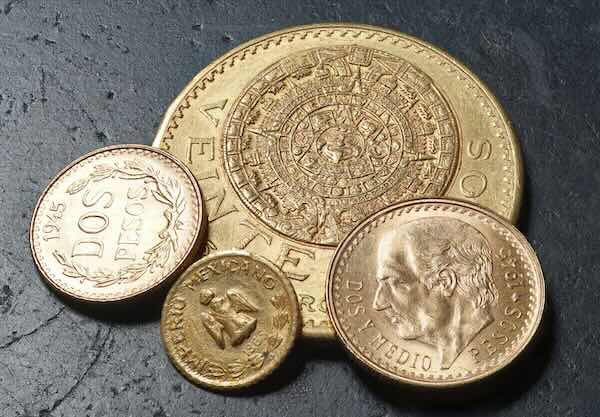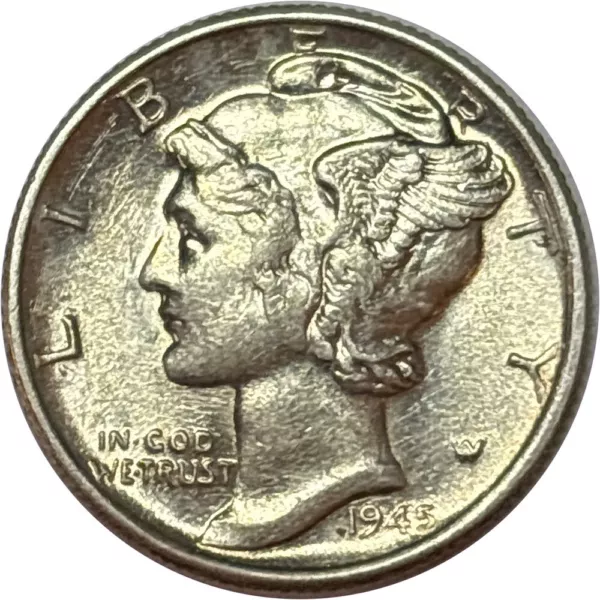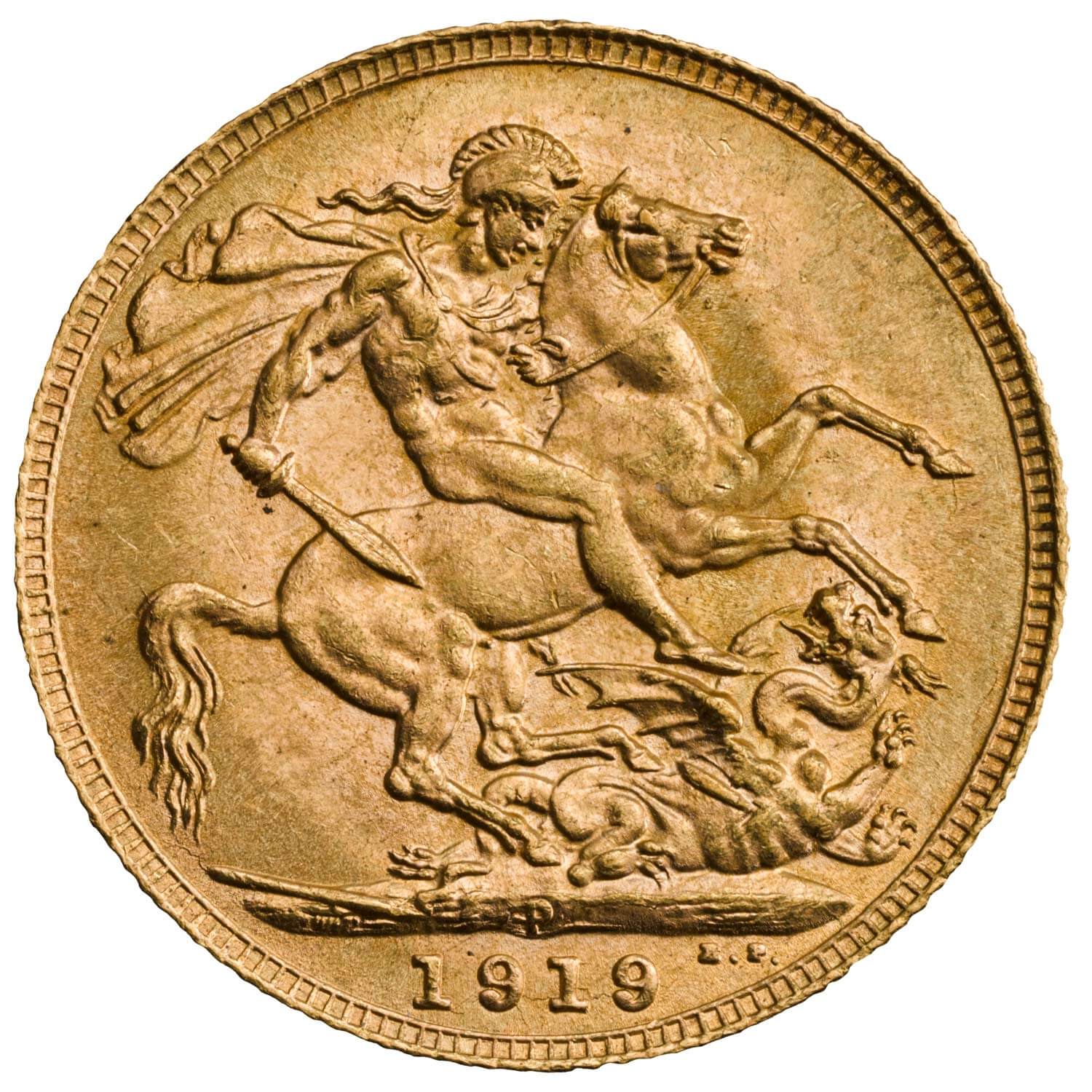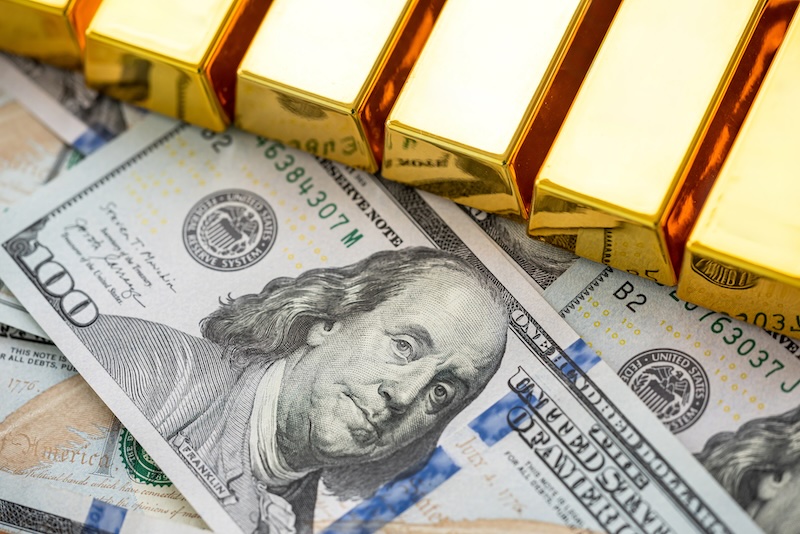In early 2025, two hikers exploring the Podkrkonoší Mountains in the northeastern Czech Republic made a remarkable discovery: nearly 600 gold coins dating from 1808 to 1915, along with gold jewelry and artifacts.
This region, rich in history, was significantly impacted during World War II. Following the 1938 Munich Agreement, Nazi Germany annexed the Sudetenland, leading to the establishment of the Protectorate of Bohemia and Moravia in 1939. The area experienced occupation until the end of the war in 1945, with many valuables hidden to protect them from confiscation or looting during this period.
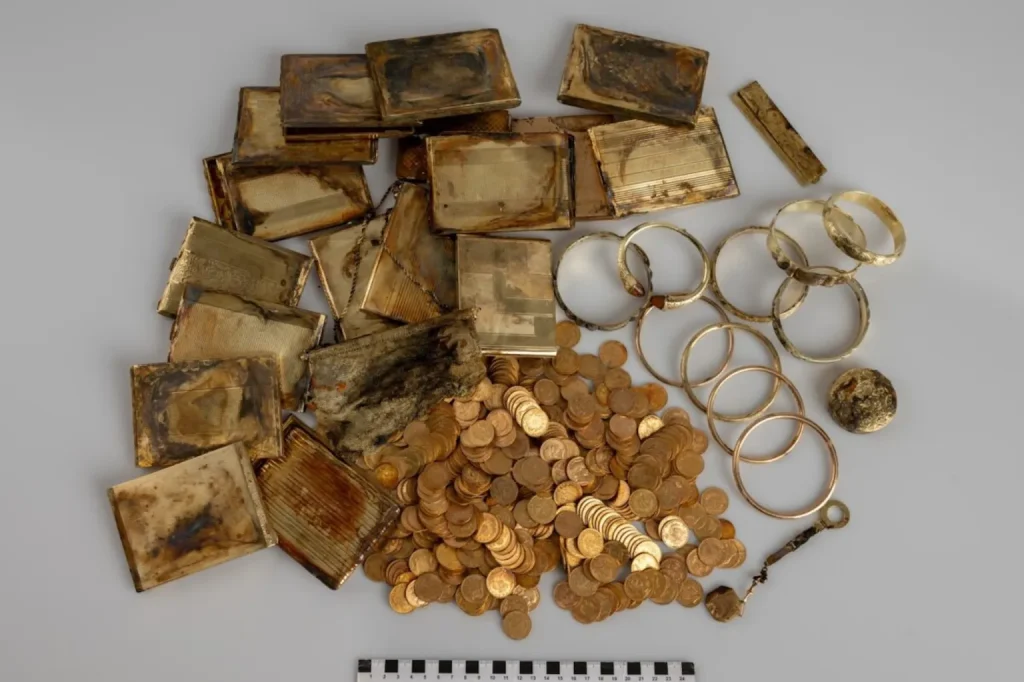
The Museum of Eastern Bohemia in Hradec Králové authenticated and analyzed the coins and houses extensive collections that reflect the area’s rich history.
Diverse Origins of the Gold Coin Hoard
The treasure trove comprises coins from various European and Middle Eastern nations, reflecting the complex historical trade and political relationships of the 19th and early 20th centuries.
French Coins: Among the finds were French 20 Francs gold coins, notably the “Angel” design minted during the 19th century. These coins, weighing 6.45 grams with a gold purity of .900, were widely circulated and are renowned for their artistic depiction of the Guardian Angel.
Russian Coins: The hoard included Russian 5 Rouble gold coins from the reign of Nicholas I, minted in the early 19th century. These coins, containing 0.1244 troy ounces of gold, feature the imperial double-headed eagle and were integral to Russia’s monetary system during that era.
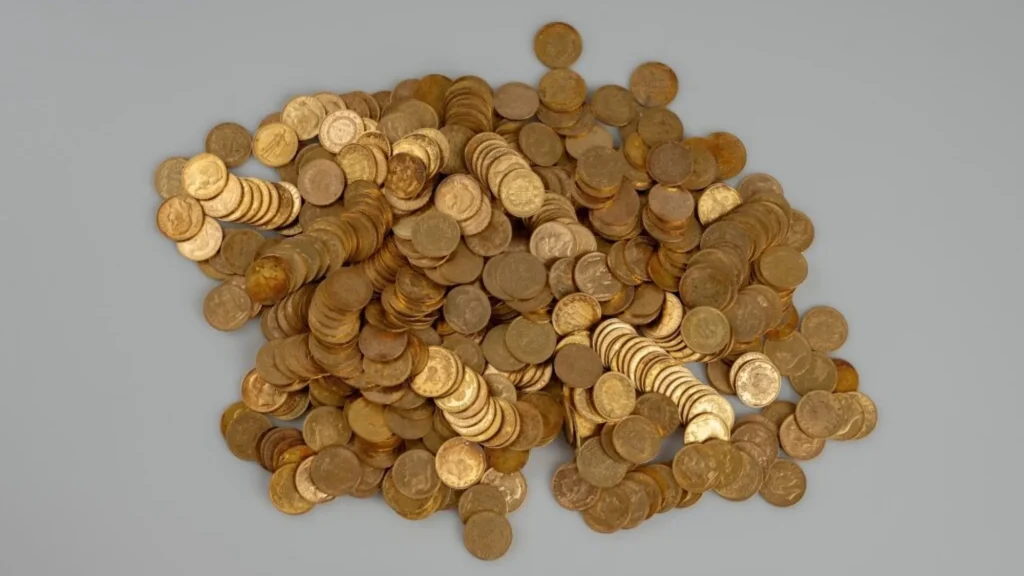
Romanian Coins: Romanian 20 Lei gold coins from the reign of Carol I were also present. Minted in the late 19th century, these coins weighed 6.45 grams with a gold purity of .900, reflecting Romania’s efforts to establish a stable national currency.
Turkish Coins: The collection featured Ottoman Empire gold coins, such as the 100 Kurush coins minted during Sultan Mehmed V.’s reign. These coins, minted in the early 20th century, are notable for their intricate calligraphic designs and were part of the empire’s modernization of its currency system.
Countermark Gold Coins
The presence of countermarks on some coins indicates they circulated in the Balkans, particularly in the Kingdom of Serbs, Croats, and Slovenes during the 1920s and 1930s. These marks were often applied to validate foreign coins for local use. The diverse origins of the coins, including mints from France, Belgium, Turkey, Romania, Italy, and Russia, suggest a complex journey before their concealment in the Czech mountains.
Jewelry and Personal Artifacts
In addition to the coins, the hikers uncovered an extraordinary collection of gold jewelry and personal items, all buried inside a rusted iron box. Among the most significant pieces were sixteen gold snuff boxes. These ornately crafted containers were once luxurious status symbols among Europe’s elite and used for carrying powdered tobacco.
The box also contained ten gold bracelets, likely worn for both fashion and ceremonial purposes. Also recovered was a rare gold wire bag—a mesh-style evening purse made from interwoven strands of gold, typically used by wealthy women in the late 19th and early 20th centuries. Such items are almost never seen outside of museum collections and high-end auctions.
Complementing these were a gold comb and a gold powder compact, symbols of sophistication and refinement.
Altogether, the jewelry and artifacts weighed about 7 kilograms (15.4 pounds) and point to someone who had substantial wealth and a compelling reason to hide it. The collection now resides under study and preservation at the Museum of Eastern Bohemia, awaiting public display and further insights into its enigmatic origin.
Theories on the Gold Coin Hoard’s Concealment
While the prevailing theory suggests the hoard was hidden to protect it from Nazi confiscation during World War II, other possibilities exist. One theory posits that the treasure was part of a merchant’s wealth concealed during the economic instability following the Austro-Hungarian Empire’s dissolution.
Another suggests it was hidden by individuals fleeing political persecution or during the chaotic post-war period to safeguard personal assets. The exact reasons remain speculative, but the treasure’s concealment underscores the historical practice of safeguarding wealth during periods of conflict.
This extraordinary find enriches our understanding of European numismatic history and highlights the enduring value of gold coins as both currency and cultural artifacts. For collectors and historians alike, the discovery offers a tangible connection to the past and a reminder of the stories that coins can tell.
